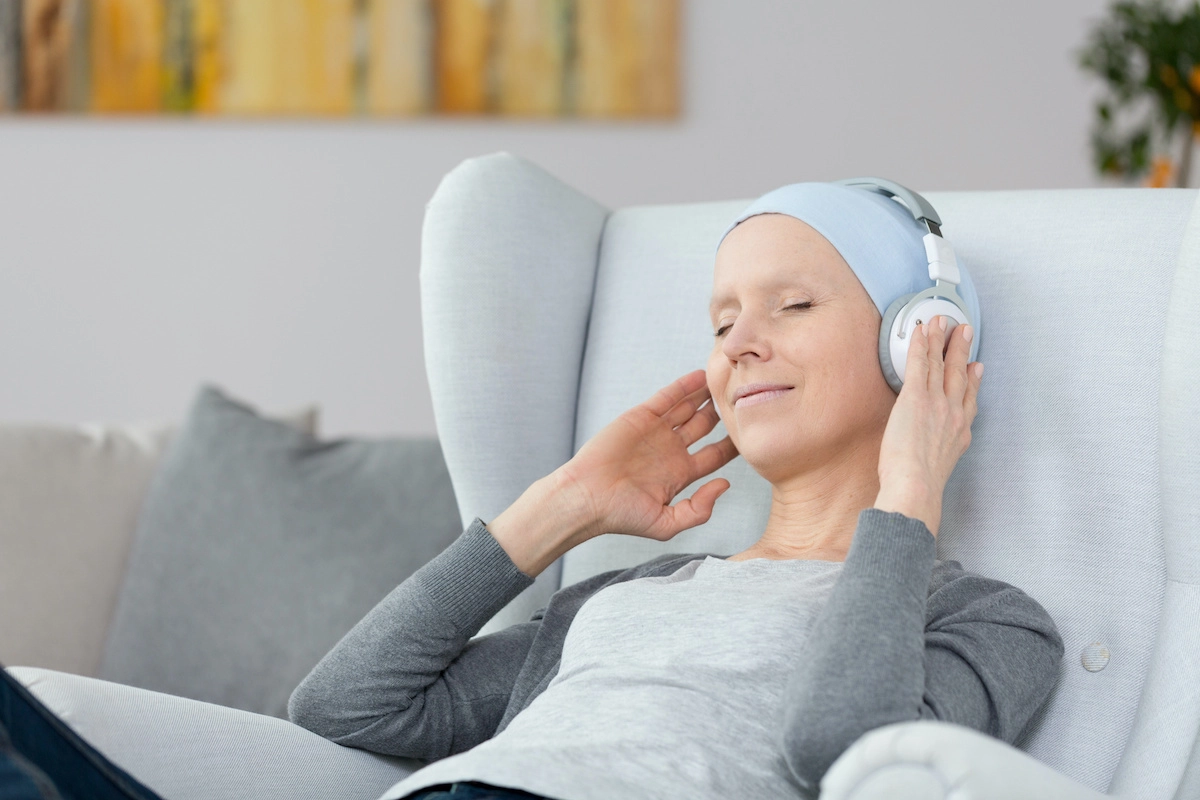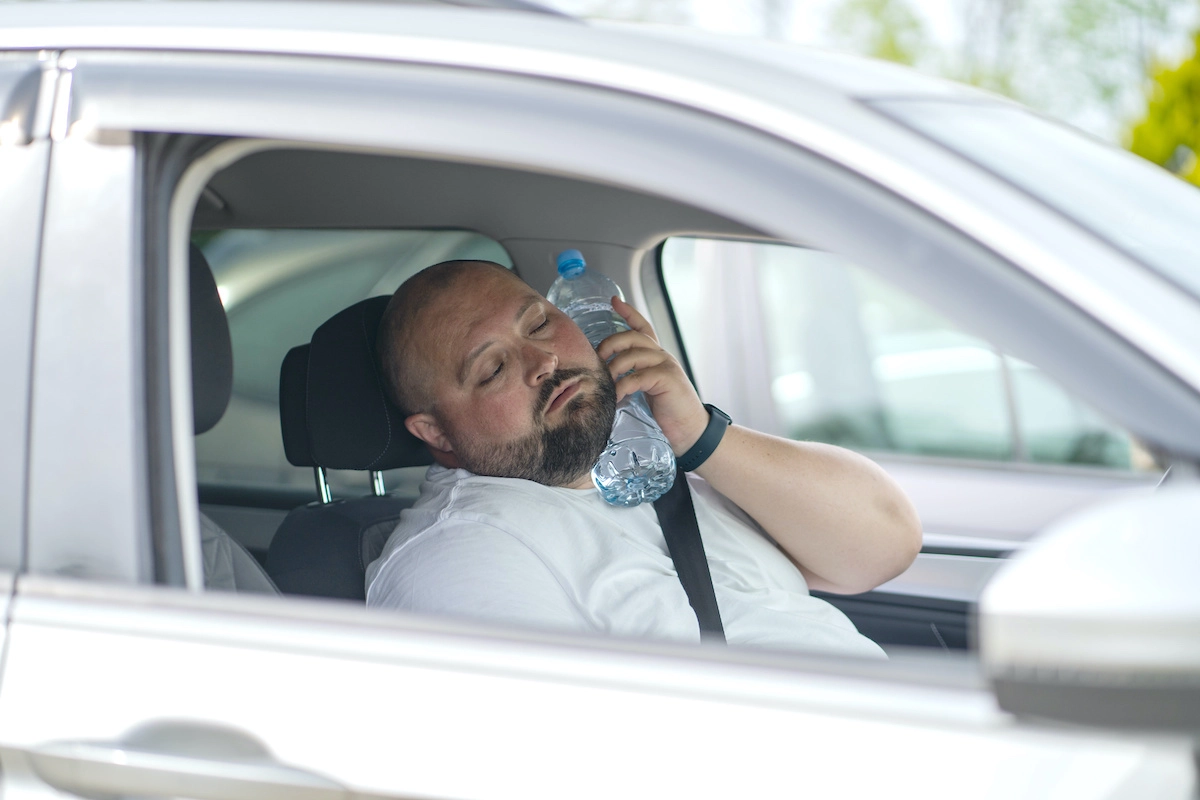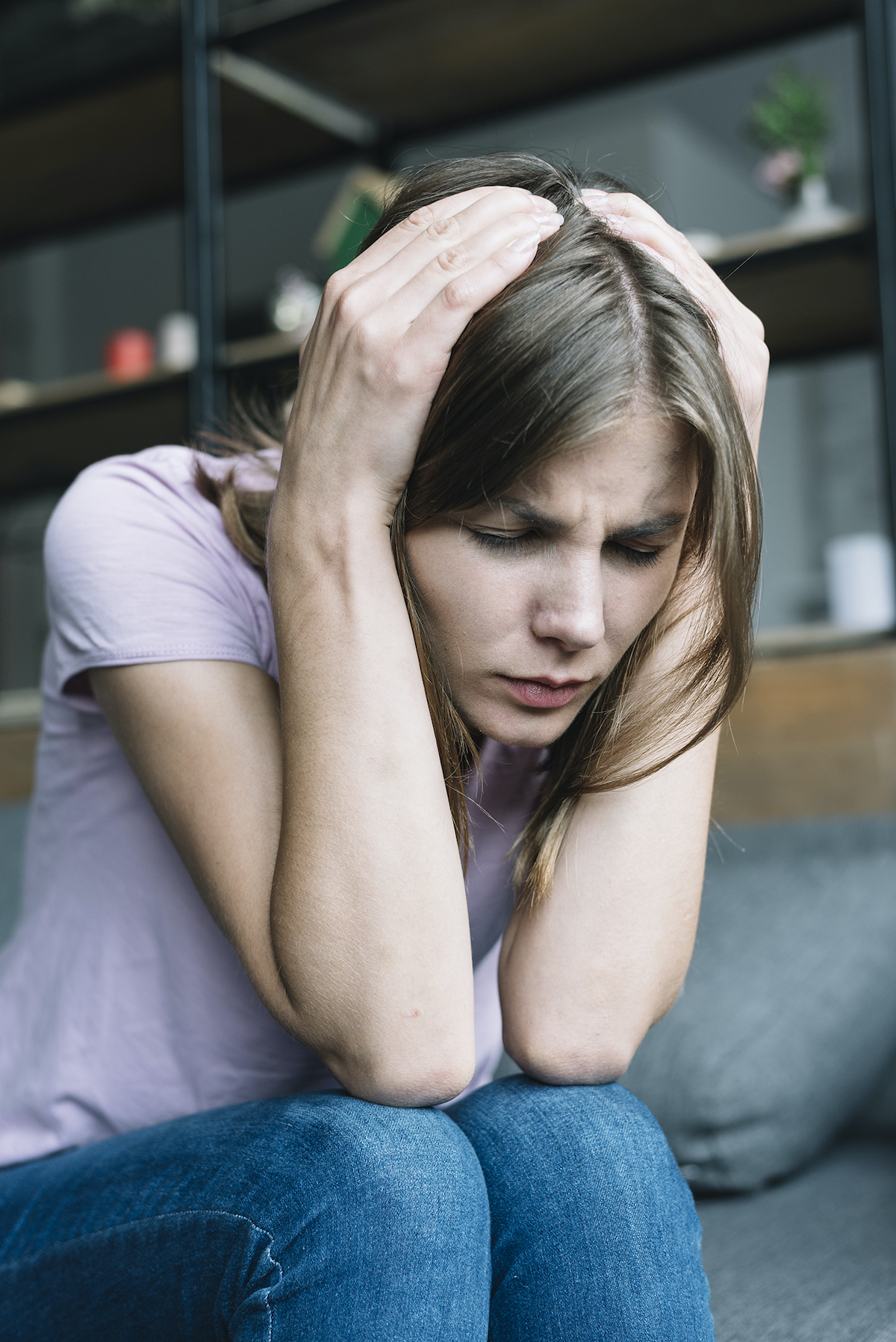
Alternative cancer treatments can’t cure your cancer, but they may provide some relief from signs and symptoms.
Many people with cancer are interested in trying anything that may help them, including complementary and alternative cancer treatments. But many alternative cancer treatments are unproved, and some may even be dangerous.
To help you sort out the good from the bad, here are 11 alternative cancer treatments that are generally safe. Plus, there is growing evidence that these treatments may provide some benefit.
Alternative cancer treatments may not play a direct role in curing your cancer, but they may help you cope with signs and symptoms caused by cancer and cancer treatments, such as anxiety, fatigue, nausea and vomiting, pain, difficulty sleeping, and stress.
Alternative medicine is a term that’s commonly used to describe methods that aren’t usually offered by health care providers. As researchers study these treatments and the evidence for these alternative methods grows, doctors and other providers are including them in treatment plans alongside the standard treatments. It’s an approach that providers sometimes call integrative medicine.
Using these evidence-based integrative medicine approaches along with standard treatments may help relieve many symptoms associated with cancer and its treatment. But alternative or integrative treatments generally aren’t powerful enough to replace standard treatments entirely. Discuss your options with your provider to find the right balance.
| If you’re experiencing: | Then consider trying: |
| Anxiety | Hypnosis, massage, meditation, music therapy, relaxation techniques |
| Fatigue | Exercise, massage, relaxation techniques, yoga |
| Nausea and vomiting | Acupuncture, aromatherapy, hypnosis, music therapy |
| Pain | Acupuncture, aromatherapy, hypnosis, massage, music therapy |
| Sleep problems | Cognitive behavioral therapy, exercise, relaxation techniques, yoga |
| Stress | Aromatherapy, exercise, hypnosis, massage, meditation, music therapy, tai chi, yoga |
Talk to your provider if you’re interested in trying:
- Acupuncture. During acupuncture treatment, a practitioner inserts tiny needles into your skin at precise points. Studies show acupuncture may be helpful in relieving nausea caused by chemotherapy. Acupuncture may also help relieve certain types of pain in people with cancer.
Acupuncture is safe if it’s performed by a licensed practitioner using sterile needles. Ask your provider for names of trusted practitioners. Acupuncture isn’t safe if you’re taking blood thinners or if you have low blood counts, so check with your provider first.
Acupressure is a related technique in which mild pressure is applied to certain areas, such as the wrist, to help relieve nausea.
- Aromatherapy. Aromatherapy uses fragrant oils to provide a calming sensation. Oils, infused with scents such as lavender, can be applied to your skin during a massage, or the oils can be added to bath water. Fragrant oils also can be heated to release their scents into the air. Aromatherapy may be helpful in relieving nausea, pain and stress.
Aromatherapy can be performed by a practitioner, or you can use aromatherapy on your own. Aromatherapy is safe, though oils applied to your skin can cause allergic reactions. People with cancer that is estrogen sensitive, such as some breast cancers, should avoid applying large amounts of lavender oil and tea tree oil to the skin.
- Cognitive behavioral therapy. Cognitive behavioral therapy (CBT) is a common type of talk therapy. During a CBT session, a mental health counselor, such as a psychotherapist or a therapist, works with you to view challenging situations more clearly and respond in a more effective way.
For people with cancer, CBT may help with sleep problems. A CBT counselor or therapist might help you identify and replace thoughts and behaviors that cause or worsen sleep problems with habits that promote sound sleep.
Ask your health care provider for a referral to a specialist if you’re interested in trying CBT.
- Exercise. Exercise may help you manage signs and symptoms during and after cancer treatment. Gentle exercise may help relieve fatigue and stress and help you sleep better. Many studies now show that an exercise program may help people with cancer live longer and improve their overall quality of life.
If you haven’t already been exercising regularly, check with your provider before you begin an exercise program. Start slowly, adding more exercise as you go. Aim to work your way up to at least 30 minutes of exercise most days of the week.
- Hypnosis. Hypnosis is a deep state of concentration. During a hypnotherapy session, a therapist may hypnotize you by talking in a gentle voice and helping you relax. The therapist will then help you focus on goals, such as controlling your pain and reducing your stress.
Hypnosis may be helpful for people with cancer who are experiencing anxiety, pain and stress. It may also help prevent anticipatory nausea and vomiting that can occur if chemotherapy has made you sick in the past. When performed by a certified therapist, hypnosis is safe. But tell your therapist if you have a history of mental illness.
- Massage. During a massage, your practitioner kneads your skin, muscles and tendons in an effort to relieve muscle tension and stress and promote relaxation. Several massage methods exist. Massage can be light and gentle, or it can be deep with more pressure.
Studies have found that massage can be helpful in relieving pain in people with cancer. It may also help relieve anxiety, fatigue and stress.
Massage can be safe if you work with a knowledgeable massage therapist. Many cancer centers have massage therapists on staff, or your provider can refer you to a massage therapist who regularly works with people who have cancer.
Don’t have a massage if your blood counts are very low. Ask the massage therapist to avoid massaging near surgical scars, radiation treatment areas or tumors. If you have cancer in your bones or other bone diseases, such as osteoporosis, ask the massage therapist to use light pressure, rather than deep massage.
- Meditation. Meditation is a state of deep concentration when you focus your mind on one image, sound or idea, such as a positive thought. When meditating, you might also do deep-breathing or relaxation exercises. Meditation may help people with cancer by relieving anxiety and stress and improving mood.
Meditation is generally safe. You can meditate on your own for a few minutes once or twice a day or you can take a class with an instructor. There are also many online courses and apps available for guided meditations.
- Music therapy. During music therapy sessions, you might listen to music, play instruments, sing songs or write lyrics. A trained music therapist may lead you through activities designed to meet your specific needs, or you may participate in music therapy in a group setting. Music therapy may help relieve pain, control nausea and vomiting, and deal with anxiety and stress.
Music therapy is safe and doesn’t require any musical talent to participate. Many medical centers have certified music therapists on staff.
- Relaxation techniques. Relaxation techniques are ways of focusing your attention on calming your mind and relaxing your muscles. Relaxation techniques might include activities such as visualization exercises or progressive muscle relaxation.
Relaxation techniques may be helpful in relieving anxiety and fatigue. They may also help people with cancer sleep better.
Relaxation techniques are safe. Typically, a therapist leads you through these exercises and eventually you may be able to do them on your own or with the help of guided relaxation recordings.
- Tai chi. Tai chi is a form of exercise that incorporates gentle movements and deep breathing. Tai chi can be led by an instructor, or you can learn tai chi on your own following books or videos. Practicing tai chi may help relieve stress.
Tai chi is generally safe. The slow movements of tai chi don’t require great physical strength, and the exercises can be easily adapted to your own abilities. Still, talk to your provider before beginning tai chi. Don’t do any tai chi moves that cause pain.
- Yoga. Yoga combines stretching exercises with deep breathing. During a yoga session, you position your body in various poses that require bending, twisting and stretching. There are many types of yoga, each with its own variations.
Yoga may provide some stress relief for people with cancer. Yoga has also been shown to improve sleep and reduce fatigue.
Before beginning a yoga class, ask your provider to recommend an instructor who regularly works with people with health concerns, such as cancer. Avoid yoga poses that cause pain. A good instructor can give you alternative poses that are safe for you.
You may find some treatments work well together. For instance, deep breathing during a massage may provide further stress relief.
Source: https://www.mayoclinic.org/tests-procedures/cancer-treatment/in-depth/cancer-treatment/art-20047246












